
10 Personalized Military Gifts for Your Service Member
USAMM makes holiday shopping easy. Just check out our list of 10 personalized military gifts for your service member, order online, and leave the rest to us.
Jared Zabaldo |
ARMED FORCES SUPER STORE 1-877-653-9577 | 8 - 7 CST MON-FRI

USAMM makes holiday shopping easy. Just check out our list of 10 personalized military gifts for your service member, order online, and leave the rest to us.
Jared Zabaldo |

Being a mother is hard, but being a military mom is one of the toughest things around. That said, shopping for these tough women who wear the uniform can be...
Blog Staff |

The International March of Diekirch originally organized by the Luxembourg Army, was first held in 1968. Today, about 8,000 people participate in the event including U.S. service members who walk...
Blog Staff |

Every year children head to retailers to try to find the ideal gift to give their dads on Father’s Day. Well, the veteran employees of USAMM are here to help....
Blog Staff |

With Military Appreciation Month upon us, we are presented with the opportunity to give to those who serve our nation in the armed forces and show our gratitude. There are...
Blog Staff |
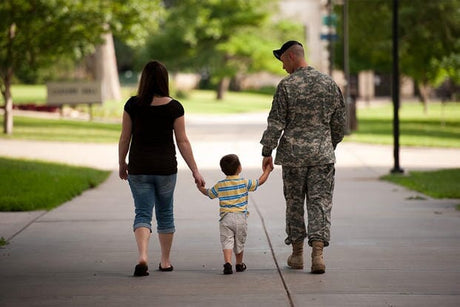
While Purple Up Day is not an official holiday, it marks an important day in the Month of the Military Child. April 15 is Purple Up Day which is also...
Blog Staff |

If you’re a parent of military children, there are many ways that you can show them your appreciation for all of the things they endure because of your family’s military...
Blog Staff |
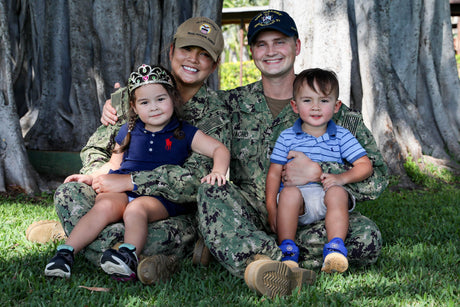
April is National Month of the Military Child, and it’s an opportunity to shine a light on the unique challenges that military children face. As the kids of military personnel...
Blog Staff |

The U.S. flag embroidered insignia is worn so that the star field faces forward, or to the flag’s own right. When worn in this manner, the flag is facing the observer’s...
Blog Staff |

Whatever your reason for ordering thin military ribbons for someone else, it is important to remember that accurate records lead to accurate racks. A veteran's or service member's service records...
Blog Staff |

You never get a second chance to make a first impression that's why military thin ribbons are important if you are trying to look your best, while serving with the...
Blog Staff |

A ribbon rack builder can help even the most seasoned veteran assemble their thin or standard ribbons in just a few minutes. The best part about using a ribbon rack...
Blog Staff |

Thin ribbons entered the military mainstream sometime in the early 1990s as the U.S. military introduced several new military awards and decorations not long after Operation Desert Shield and Desert...
Blog Staff |

Tactical shooting gloves have evolved over time in the military and paramilitary professions. But what features do you need in a good shooting glove? Read on.
Blog Staff |

The U.S. Navy's submarine communication system is a critical part of America’s national security in that it allows the submarine fleet to remain at depth and speed and maintain its...
Blog Staff |

Even the strongest of relationships can be pushed to their limits during the stressors of deployment. However, while dealing with deployment can be a challenge, with a little preparation and...
Blog Staff |

Banners with gold or blue stars and a black flag with a watch tower looming over what appears to be a captive figure. What do these flags have in common?...
Blog Staff |

The Combat Service Identification Badge was introduced by the U.S. Army to replace the Shoulder Sleeve Insignia Former Wartime Service patch that was worn on the Class A uniform. The...
Blog Staff |

The tools of the trade for every profession differ from job-to-job and Navy SEAL gear is no different. Check out USAMM's list of Navy SEAL gear that are must haves.
Blog Staff |

In 1994, Recruit Training Command (RTC) Great Lakes became the U.S. Navy’s only recruit training facility. Better known as “boot camp,” recruit training involves a change in the mental and...
Blog Staff |

Since the early days of naval service, certain bedrock principles have carried on to today. Those three basic principles known as the Navy core values of honor, courage, and commitment,...
Blog Staff |

The purpose of the US Navy Uniform Regulations is to provide descriptions of all authorized U.S. Navy uniforms and components, and to provide guidance for all Navy activities prescribing uniform...
Blog Staff |
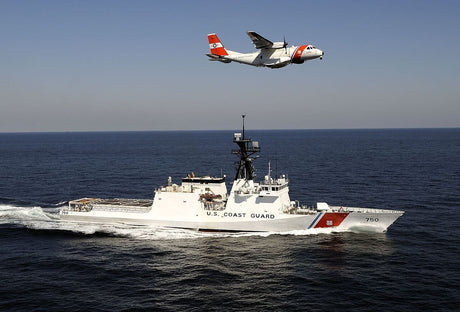
For as small as it is, the U.S. Coast Guard has a long, rich history that many do not know about. Here are 10 things you should know about the...
Blog Staff |

U.S. Navy SEALs (Sea, Air, Land) provide maritime special operations forces to conduct full spectrum operations unilaterally or with partners, to support national objectives. That is a broad definition for...
Blog Staff |

On Feb. 19 the U.S. Coast Guard Reserve celebrates its birthday. While it is important to recognize the Coast Guard Reserve birthday, it is even more important to understand why...
Blog Staff |

The US Coast Guard Auxiliary was established by Congress in 1939. Since then, Auxiliarists have worked hand in hand with the US Coast Guard and the US Coast Guard Reserve...
Blog Staff |

This decoration is awarded to a person in any U.S. military service who has distinguished themselves by heroic or meritorious achievement or service, not involving participation in aerial flight, in...
Blog Staff |

Whatever your opinion of the Vietnam War, one thing is true. A lot of brave men and women served there and the American public did a poor job of embracing...
Blog Staff |

A Vietnam shadow box might help a Vietnam veteran show off their service pride and also help them understand that many others, not just them, are proud of their service...
Blog Staff |
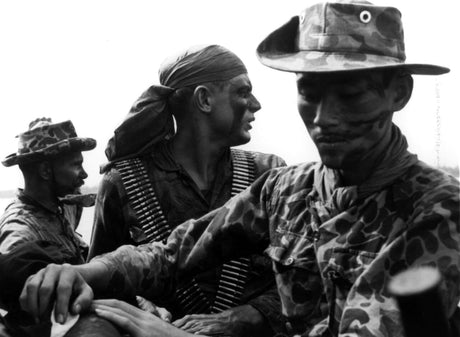
To understand the role of Navy SEALs in Vietnam, it is necessary to go back into the Naval special warfare community’s history and share what led them to deploy into...
Blog Staff |

Despite saving thousands of lives during America's wars, K9 military dogs are not eligible to officially and formally be recognized with U.S. military awards or decorations. But that hasn't stopped...
Blog Staff |

While there have been a lot of educated guesses, there is little proof of when dogs were first used as a tool for military forces. Some researchers have said the...
Blog Staff |

These four-legged bad asses served in American wars from World War I to the Global War on Terror. They are heroes no different than the men and women who served...
Blog Staff |

George Washington’s birthday is a federal holiday on the third Monday in February. The day marks the birth of the first president of the United States. It is one of...
Blog Staff |

Since its inception, the United States has been led by 31 men who have served in the U.S. military, in war and during peacetime. Of the 31 men who served...
Blog Staff |

The 369th Infantry Regiment was formed in 1913 as the 15th Infantry Regiment. It was a New York Army National Guard infantry unit and one of the first few U.S....
Blog Staff |
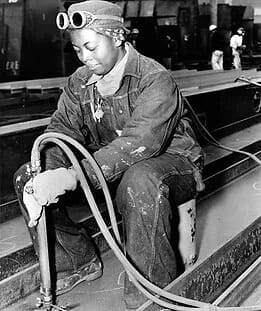
There are images that come to mind when one thinks of World War II. Marines raising the flag over Iwo Jima, soldiers landing in France on D-Day, and Rosie the...
Blog Staff |

In January 1941, prior to America’s entry into World War II, Secretary of War Henry L. Stimson authorized the formation of an African American pursuit squadron. The 99th Pursuit Squadron...
Blog Staff |

In the past couple of years, the U.S. Marine Corps has experienced some upheaval as the Corps is recalibrated and dramatic changes are made to its ranks. Most notably, the...
Blog Staff |

Patriotic apparel is not only fashionable, but it is also a great way to show your American pride and love of country. Service pride is something that can easily be displayed...
Blog Staff |

Ever wonder whose job it is to name military operations? Who was responsible for naming those kick-ass operations like Operation Urgent Fury, Operation Overlord, Operation Desert Storm? Back in the...
Blog Staff |

Although major deployments to Afghanistan and Iraq have slowed or stopped altogether, the U.S. military continues to deploy to various spots around the globe. That means that military families are...
Blog Staff |

The U.S. military has a vast network of military installations all over the world. While many speculate on the number of military bases around the world, it is just that,...
Blog Staff |

Here is USAMM’s list of five historical Marine Corps tanks you probably didn’t know about. Consider this our way of toasting Marine Corps tanks as they leave the Corps. Ching-ching.
Blog Staff |

How many ships are in the US Navy? It is important to understand how the Navy is structured and some of the various types of ships it has in it. The...
Blog Staff |
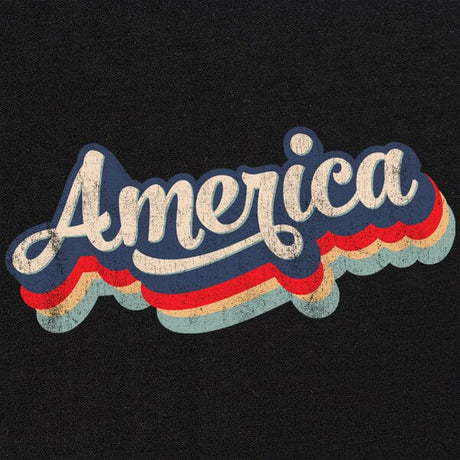
Patriotic apparel is not only fashionable, but it is also a great way to show your American pride and love of country. Service pride is something that can easily be...
Blog Staff |

The rise of tensions between the United States and Japan pre-date WWII and point to a nation hellbent on territorial expansion, and a nation positioned to help its allies. U.S....
Blog Staff |
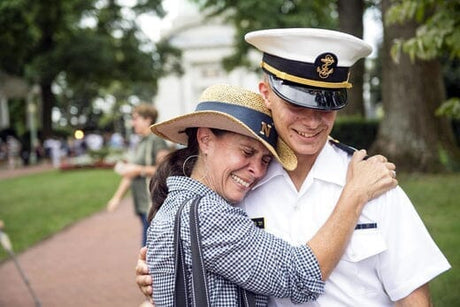
The venerated veteran employees of USAMM grabbed their pumpkin-spiced lattes (okay, that’s not true, we drink our coffee black) and headed to a meeting room where we discussed what would...
Blog Staff |

The U.S. Space Force, the newest military branch established in 2019, has officially adopted its own song. The Space Force song, titled “Semper Supra” was unveiled during the 2022 Air...
Blog Staff |